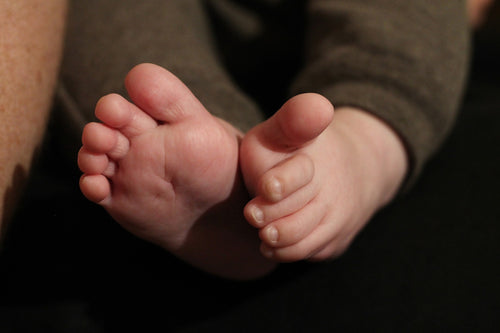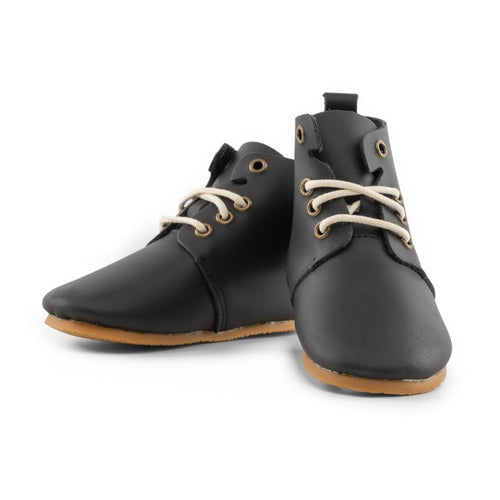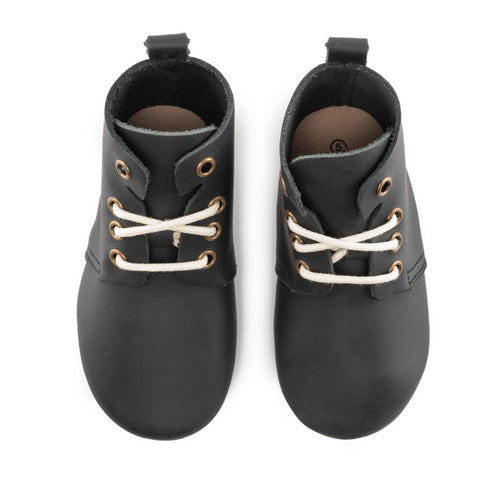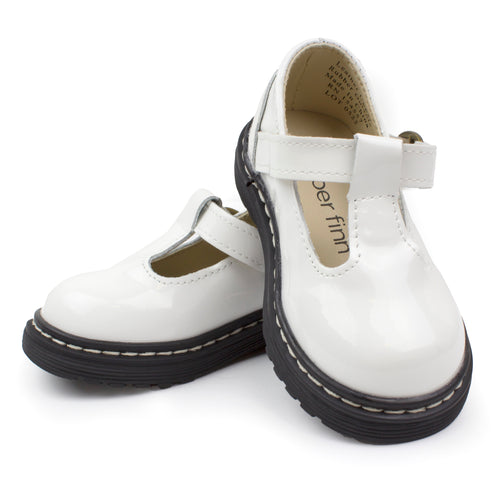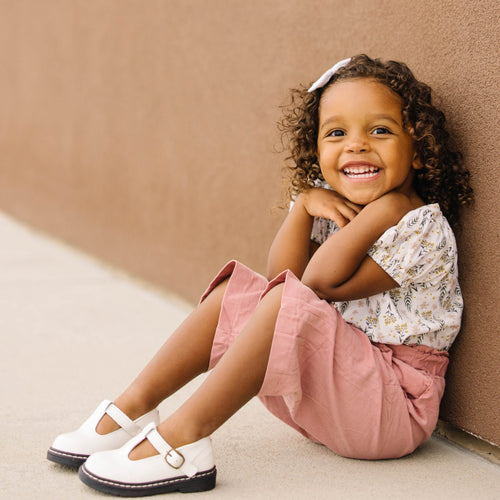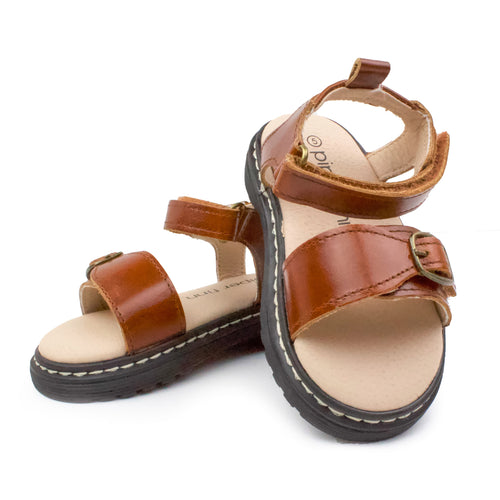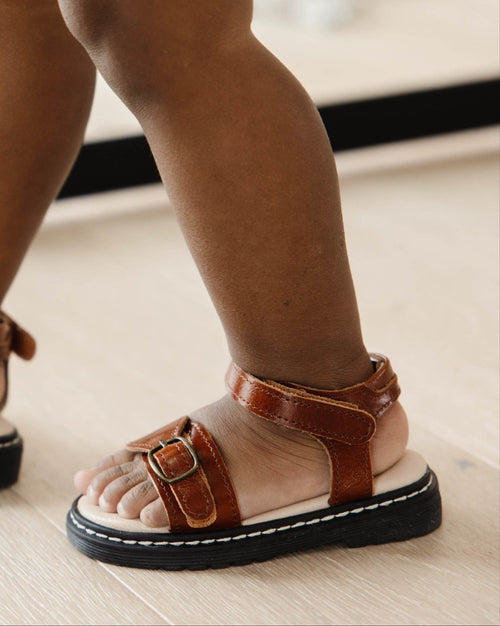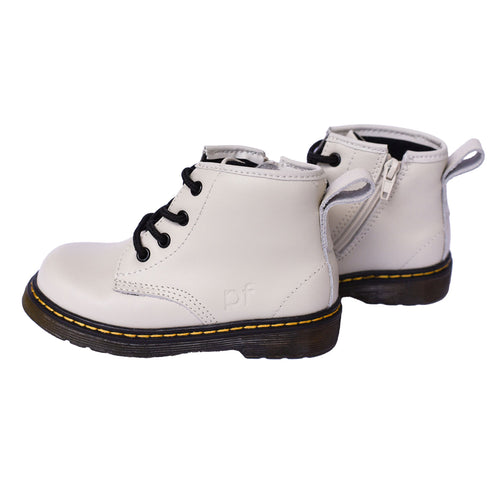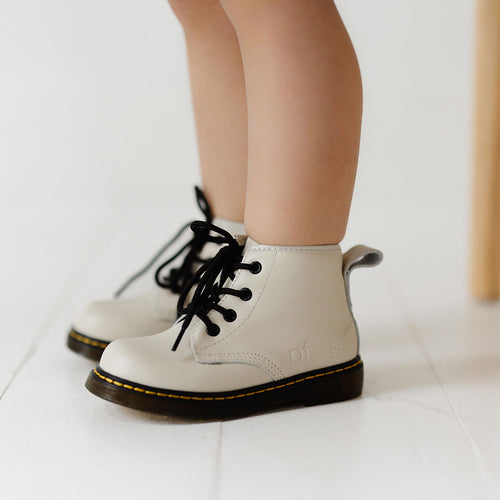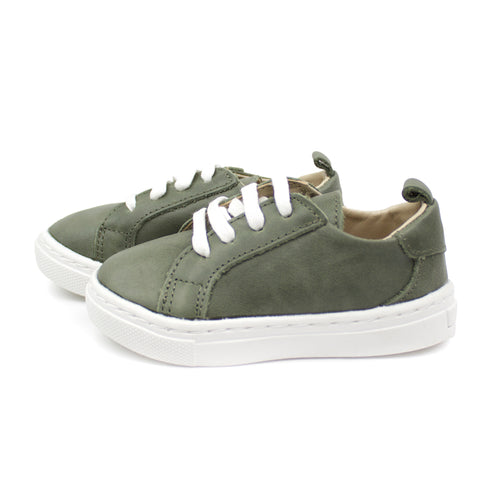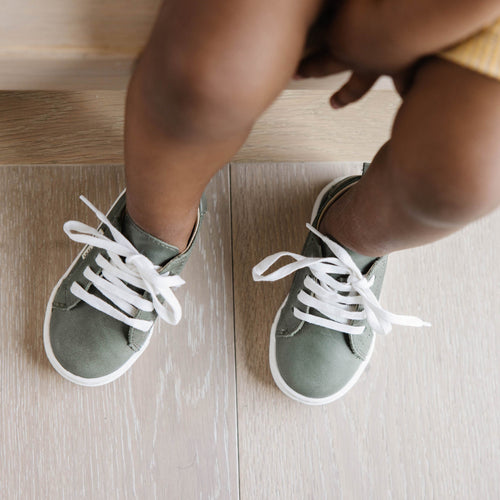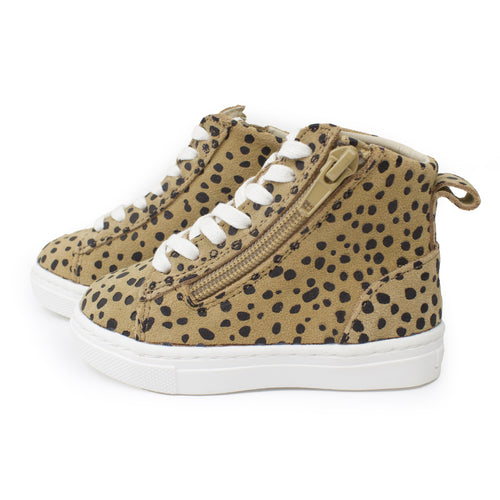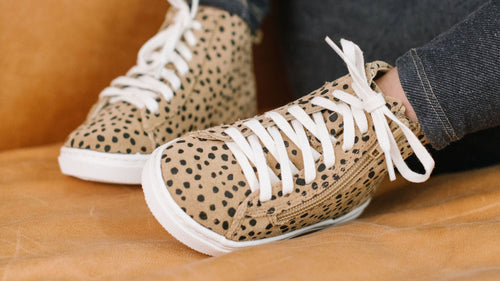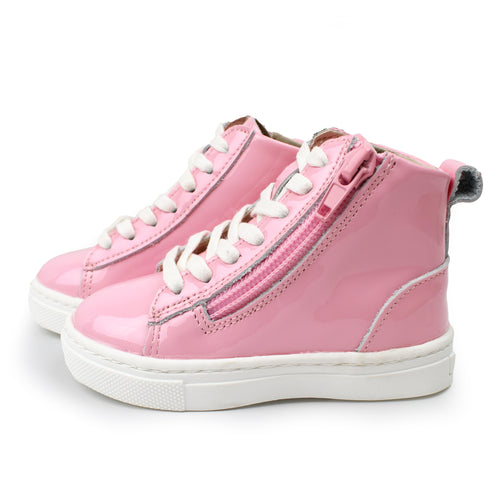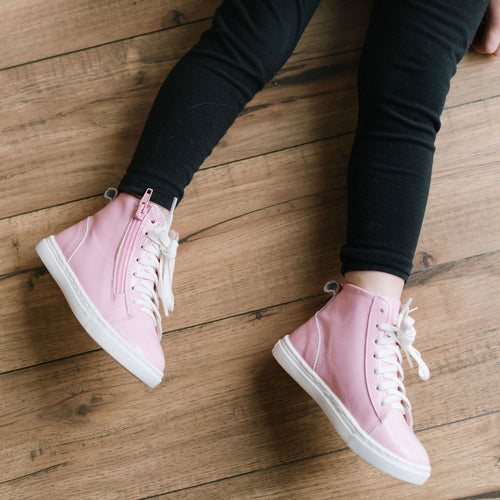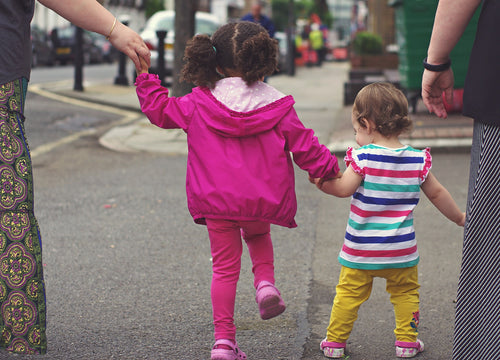Finding the right footwear takes on a new level of importance for kids with sensory issues. The right shoes can significantly affect a child's comfort and overall well-being. In today’s Piper Finn blog post, we'll explore vital factors to help you choose the right shoes for kids with sensory issues, highlighting the importance of non-irritating, sensory-friendly, and comfortable options.
Understanding Sensory Issues
Children with sensory processing issues face unique challenges in processing and responding to sensory information from their environment, including sensitivities to touch, texture, and pressure. The wrong shoes can lead to discomfort, meltdowns, and resistance to wearing shoes altogether. Understanding your child's sensory needs is the first step in finding shoes that cater to their unique requirements.
Prioritizing Comfort
Comfort is paramount when selecting shoes for kids with sensory issues. Look for shoes with ample cushioning and support to ensure your child's feet are comfortably cradled. Look for designs that feature soft, breathable materials that won't cause irritation or discomfort. It's essential to prioritize shoes that allow for natural movement and flexibility while providing stability.
Non-Irritating Materials
Sensory-friendly shoes should be crafted from non-irritating materials to minimize the risk of discomfort. Leather, canvas, and mesh are excellent choices as they are breathable and tend to be softer on the skin. Additionally, check for seams and stitching inside the shoes. Flat seams or seamless designs help prevent chafing and reduce the chances of irritation. A smooth, well-finished interior can make a huge difference for kids with sensory sensitivities.
Adjustable Closures for a Custom Fit
Children's feet can vary widely in shape and size, and finding shoes with adjustable closures can ensure a custom fit. Look for shoes with Velcro straps, elastic laces, or buckles that tailor the tightness to your child's comfort level. Avoid shoes with tight, rigid closures that may press on sensitive areas, causing discomfort and sensory distress.
Sensory-Friendly Features
Some shoe brands specialize in creating sensory-friendly footwear. Look for shoes with features such as removable insoles to allow you to customize the level of cushioning. Additionally, choose shoes with wide toe boxes to accommodate any toe sensitivities and to allow for natural toe splay. These features contribute to a more accommodating and sensory-friendly shoe experience for your child.
Encouraging Independence
When choosing shoes for kids with sensory issues, consider options that promote independence. Shoes with easy-to-use closures, such as Velcro straps or slip-on designs, empower children to put on and remove their shoes with minimal assistance. It helps foster a sense of accomplishment and reduces potential stress associated with the shoe-wearing process.
Consult Occupational Therapists
Consider consulting with an occupational therapist if you feel overwhelmed by the options or are unsure about your child's sensory needs. These professionals specialize in understanding sensory processing challenges and can provide valuable insights into the type of shoes that would best suit your child. They may offer recommendations based on your child's unique sensory profile, helping you make more informed decisions.
The Importance of Proper Fit
In addition to comfort and sensory-friendly features, the proper fit is crucial for children with sensory issues. Shoes with improper fit can lead to discomfort and blisters and exacerbate sensory sensitivities. Measure your child's feet regularly, especially during periods of growth, to ensure you're selecting the right size. Consider shopping for shoes later in the day when feet tend to be slightly larger.
Navigating Fashion and Function
While prioritizing comfort and sensory-friendly features, it's also essential to consider your child's preferences and style. Some kids may prefer certain colors, patterns, or characters on their shoes. Balancing fashion and function ensures your child feels comfortable and confident in their footwear.
Trial and Error
Some trial and error may be necessary when looking for the perfect pair of shoes. Be patient and allow your child to provide feedback on how the shoes feel. Pay attention to any signs of discomfort or resistance. Remember, preferences may change over time, so regularly reassess your child's shoe needs.
Final Thoughts
Finding the right shoes for a child with sensory issues is a significant milestone in the parenting journey. By prioritizing comfort, choosing non-irritating materials, opting for adjustable closures, and considering sensory-friendly features, you can ensure that your child's footwear enhances their well-being rather than becoming a source of stress.
Image by Petra Šolajová from Pixabay

